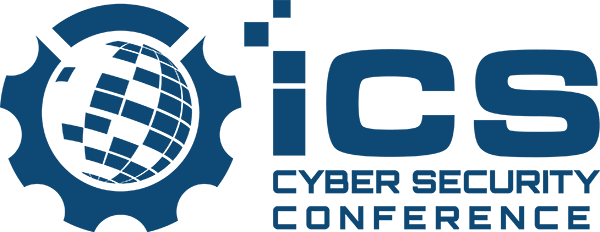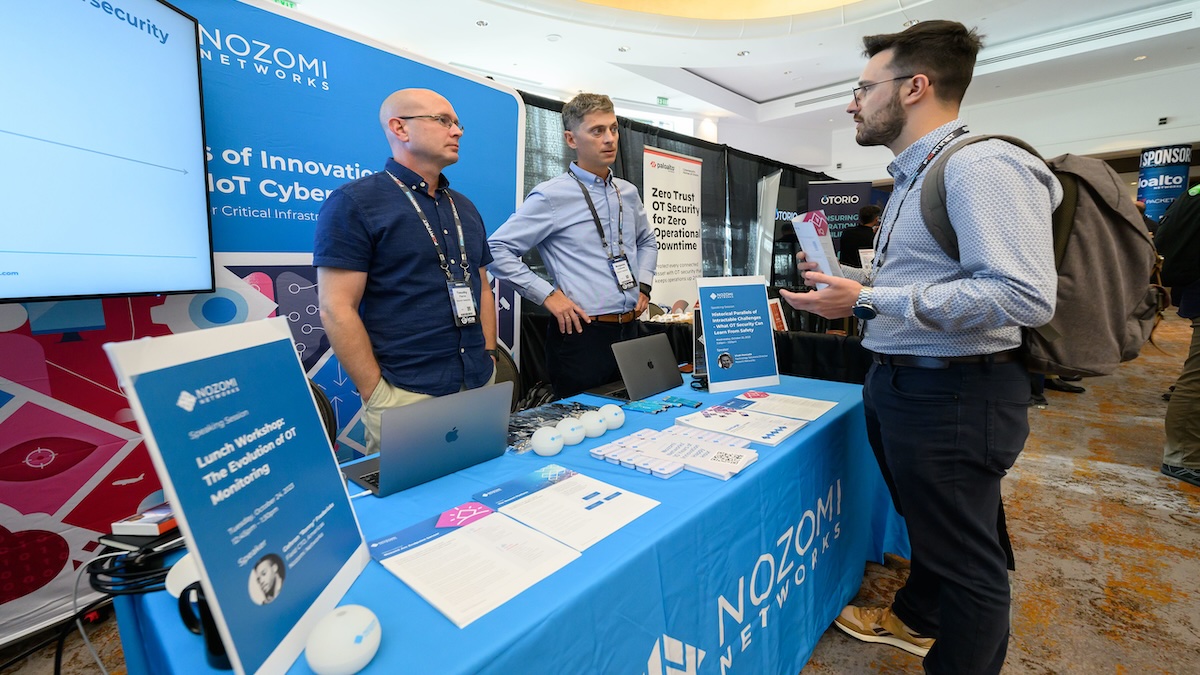Longtime ICS Cybersecurity Conference sponsor Nozomi Networks announced a $100 million Series E funding round on Wednesday, bringing the total amount raised by the company to more than $250 million.
This latest funding includes investments from Mitsubishi Electric and Schneider Electric, who join other OT equipment manufacturers (OEMs) who previously invested in Nozomi, including Honeywell and Johnson Controls.
Nozomi says the additional investment will help scale product development efforts and support its go-to-market approach globally.
The company did not disclose any plans for a potential IPO, but previously told SecurityWeek that its funding, combined with customer revenue, gives them the “optionality to IPO.”
Nozomi previously raised $100 million through a Series D funding round in August 2021, and several other smaller rounds.
“As we meet with customers around the world, the reality is that they operate highly heterogeneous environments and are looking for a security platform that can effectively defend those environments,” Edgard Capdevielle, President and CEO of Nozomi Network, said in a statement. “This investment clearly underscores the need and support for OEM-agnostic security solutions in light of today’s escalating attacks against critical infrastructure around the world.”
Nozomi boasts that its technology protects more than 105 million OT, IoT and IT devices worldwide, across 12,000+ installations.
Earlier this year, Nozomi unveiled Guardian Air, a security sensor designed to help organizations detect wireless threats in OT and IoT environments.
Other investors in Nozomi Networks include Activate Capital, Energize Capital, Forward Investments, GGV Capital U.S., Honeywell Ventures, In-Q-Tel, Johnson Controls, Keysight Technologies, Lux Capital, Planven Investments SA, Samsung, Porsche Ventures, Telefónica Ventures, and Triangle Peak Partners.
Nozomi Networks Raises $100 Million in Series E Funding
Nozomi Networks announced a $100 million Series E funding round, bringing the total amount raised by the company to more than $250 million.
Rockwell Automation to Acquire ICS/OT Security Firm Verve Industrial
Industrial giant Rockwell Automation announced on Monday that it has signed a definitive agreement to acquire Verve Industrial Protection, a cybersecurity company specializing in industrial control systems (ICS) and operational technology (OT). Verve’s managed OT/ICS security platform provides asset inventory, vulnerability management, patch management, configuration management, SIEM, incident response, and backup and restore capabilities. In addition, the company provides network segmentation, vulnerability assessment, system hardening, automation engineering, and consulting services. The deal enables Rockwell Automation to expand and strengthen its offering. Financial details have
Radiflow, Cyolo Team Up to Secure OT Networks Against Unauthorized Devices
Radiflow and Cyolo partnership will allow organizations implement a seamless, single sign-on experience for remote and third-party vendors, while significantly enhancing network security.
Schneider Electric Teams With BitSight on OT Risk Detection
Schneider Electric partnered with BitSight to develop a OT risk identification and threat intelligence capability
Deep Dive: PIPEDREAM/Incontroller ICS Attack Framework
In this session, Mark Plemmons, Sr. Director for Threat Intelligence at Dragos, dives deep into the technical details and real-world impact on the modular ICS attack framework known as PIPEDREAM/Incontroller
Industrial Control Systems Cybersecurity Training Act Passed by House of Representatives
Industrial Control Systems Cybersecurity Training Act.
Colonial Pipeline Still Mostly Offline After Ransomware Attack
The Colonial Pipeline is working on a restart plan after a ransomware attack triggered the company to halt all pipeline operations on May 7, 2021.
Trend Micro Unveils New OT Endpoint Security Solution Made by TXOne
TXOne StellarProtect protects OT endpoints against malware and other threats without requiring an internet connection
The Past & Future of Integrity Attacks in ICS Environments (Video)
Integrity-based attacks can produce significant impacts through undermining a physical process and calling into doubt the viability of a specific facility.
MITRE Releases ATT&CK Knowledge Base for Industrial Control Systems
(Eduard Kovacs - SecurityWeek) MITRE on Tuesday announced the initial release of a version of its ATT&CK knowledge base that covers the tactics and techniques used by malicious actors when targeting industrial control systems (ICS). MITRE’s ATT&CK framework has been widely used by cybersecurity professionals to describe and classify attacker behavior and assess an organization’s risks. The new ATT&CK for ICS knowledge base builds upon it in an effort to help critical infrastructure and other organizations whose environments house ICS. In addition to a




